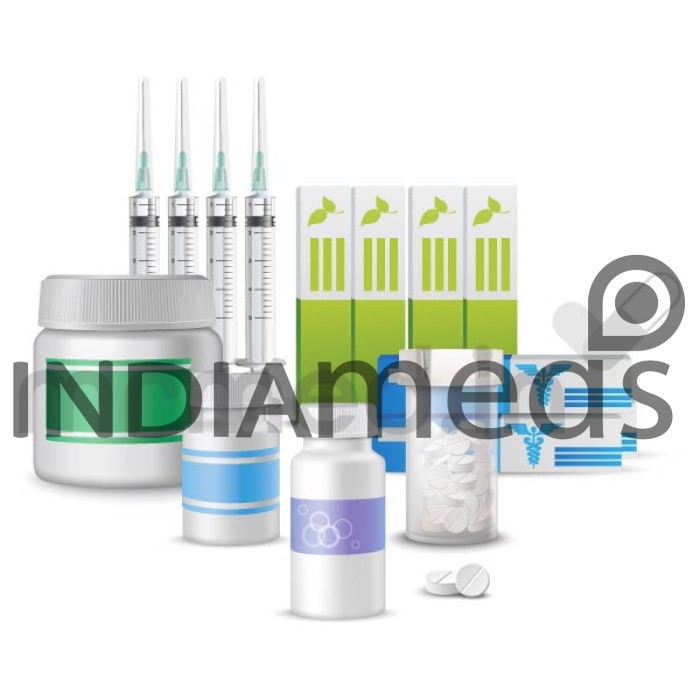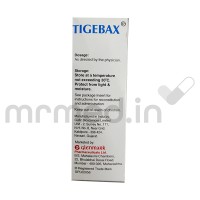Augmentin 1.2gm injection is a combination of Amoxicillin and Clavulanic Acid, which belongs to the group of medicines called Antibiotics. It is used to treat certain bacterial infections such as middle ear and sinus infections, sinus and middle ear infections, respiratory tract infections, urinary tract infections (UTI), skin and soft tissue infections, including dental infections, and bone and joint infections. Do not consume this syrup if you are allergic to Amoxicillin, Clavulanic acid, Penicillins, or any of the other ingredients of this medicine.
Do not take Augmentin 1.2gm if you have or have had a history of hypersensitivity (swelling in the face or throat and skin rashes), liver conditions, or jaundice. Consult your doctor if you need clarification before starting the medicine. Notify your doctor if you are planning to have a blood test related to RBC status, liver function test, or urine test because this medicine can affect the result of these tests. Doctor for advice about getting pregnant and breastfeeding. Notify your doctor if you have any kidney problems because the dose might be changed.
Therapeutic Effects of Augmentin 1.2gm Injection
Pregnancy
Before starting the treatment, it is advised to talk with your doctor about whether taking Augmentin 1.2gm during pregnancy is safe or unsafe.
Breast Feeding
There are only limited studies have been done on whether to take Augmentin 1.2gm during the breastfeeding period. Consult your doctor before starting the treatment.
Lungs
Inform your doctor if you are a patient with any lung disorders. Consult your doctor if you before starting the treatment and notify them if you experience any lung-related symptoms.
Liver
Augmentin 1.2gm should be taken cautiously in patients with liver impairment. Regular monitoring of your liver function test should be taken. Consult your doctor if you have any liver diseases before starting the treatment.
Alcohol
It is unknown whether consuming alcohol during Augmentin 1.2gm treatment is safe or not. Consult your doctor for more information.
Driving
Augmentin 1.2gm can cause dizziness and sleepiness, which is unsafe and makes you unfit to drive.
Serious
- Allergic reactions such as skin rash and blood vessel inflammation (red or purple spots)
- Hyperactivity
- Decrease in white blood cell count
Common
- Fever
- Joint pain
- Swelling in the neck, groin, or armpit
- Angioedema (swelling of face or throat)
- Difficulty in breathing
- Diarrhea
Serious side effects are rare, but they can occur. These include severe allergic reactions, liver damage, or a decrease in white blood cell count.
Augmentin 1.2gm is a penicillin-type antibiotic that works by stopping the growth of bacteria, while clavulanic acid extends the spectrum of amoxicillin's antibacterial activity and helps to prevent bacterial resistance.
If you have had a previous allergic reaction to penicillin, it's essential to inform your healthcare provider before starting treatment with Augmentin 1.2gm. Depending on the severity of your allergic reaction, your doctor may recommend an alternative medication.
If you experience any side effects, contact your healthcare provider immediately. Sometimes, they may advise you to stop taking the medication or switch to a different medication.
Augmentin 1.2gm can be taken during pregnancy or breastfeeding, but it's important to consult with a healthcare provider before taking any medication.
Molecule name: Amoxicillin, Clavulanic Acid | Therapeutic class: Antibacterial infective |
Pharmacological class: Antibiotics | Indications: 1. Sinus and middle ear infections 2. Respiratory tract infections 3. Urinary tract infections (UTI) 4. Soft tissue and skin infections, including dental infections 5. Bone and joint infections |






